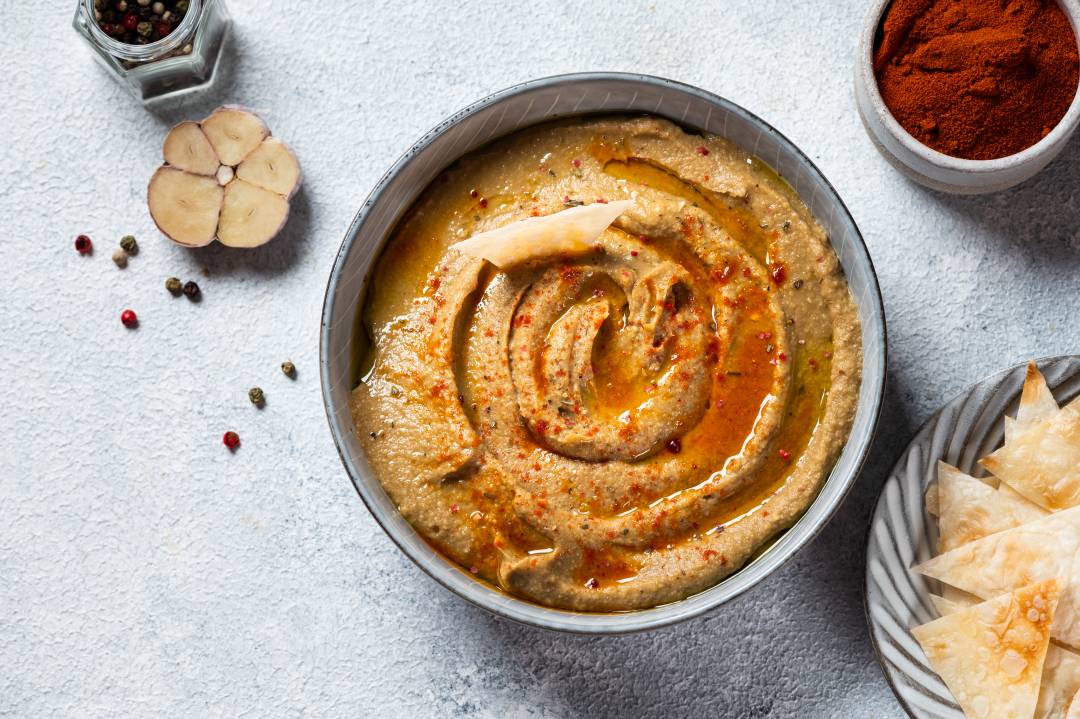In the diverse world of culinary traditions, few foods carry as much cultural significance and nutritional power as Tahhiini. Known for its rich flavor, creamy texture, and versatile applications, Tahhiini is more than just a sauce or spread—it’s a bridge between ancient heritage and modern kitchens.
For thousands of years, this ingredient has played an important role in Middle Eastern, Mediterranean, and North African cuisines. Today, it’s celebrated worldwide, finding its way into both traditional dishes and trendy recipes. But what exactly is Tahhiini, and why has it stood the test of time?
What is Tahhiini?
Tahhiini (often spelled tahini) is a paste made from ground sesame seeds. Depending on preference, it can be prepared from hulled or unhulled seeds, toasted or raw, each producing a slightly different flavor and texture.
- Flavor profile: Nutty, earthy, and slightly bitter.
- Texture: Smooth and creamy, similar to nut butter.
- Color: Light beige to golden brown, depending on preparation.
Though simple in composition, Tahhiini’s incredibly versatile and is a staple in everything from dips to desserts.
A Brief History of Tahhiini
The story of Tahhiini goes back thousands of years, tracing its roots to the ancient Middle East. Sesame seeds themselves are one of the oldest oilseed crops known to humanity, cultivated as early as 3,500 BCE in Mesopotamia.
Historical records suggest:
- Ancient Egyptians used sesame seeds in food and medicine.
- Tahhiini-like pastes were consumed in Persia (modern-day Iran) and the Levant.
- By the Middle Ages, it had spread across the Mediterranean, influencing cuisines in Greece, Turkey, and beyond.
Its enduring popularity is a testament to its nutritional value, culinary adaptability, and cultural importance.
Tahhiini in Traditional and Modern Kitchens
Tahhiini’s magic lies in its versatility. From savory dishes to sweet treats, it enhances flavor, balances textures, and adds depth to recipes.
Traditional Uses of Tahhiini
- Hummus – Perhaps the most iconic use, where Tahhiini’s combines with chickpeas, garlic, and lemon to create the world-famous dip.
- Baba Ghanoush – A smoky eggplant dip enriched with Tahhiini for creaminess.
- Sauces & Dressings – Used in Middle Eastern dressings, often paired with lemon and garlic.
- Halva – A sweet confection made by mixing Tahhiini with sugar or honey.
- Falafel Accompaniment – Served as a drizzle or dip alongside fried chickpea patties.
Modern Uses of Tahhiini
Today, chefs and home cooks experiment with Tahhiini far beyond traditional dishes:
- Smoothies – Adds a nutty flavor and creamy consistency.
- Salad Dressings – Blended with citrus, vinegar, or herbs.
- Baking – Incorporated into cookies, brownies, and cakes as a healthier fat substitute.
- Tahhiini Ice Cream – A gourmet twist that combines sesame richness with cold desserts.
- Sandwich Spreads – Used in place of mayonnaise or nut butter.
This dual role—traditional and modern—makes Tahhiini a global culinary treasure.
Nutritional Profile of Tahhiini
Beyond its culinary charm, Tahhiini is a nutritional powerhouse. A 2-tablespoon serving provides:
- Healthy Fats: Rich in unsaturated fats that support heart health.
- Protein: A plant-based protein source for vegetarians and vegans.
- Vitamins & Minerals: High in calcium, magnesium, phosphorus, iron, and B vitamins.
- Fiber: Supports digestion and gut health.
- Antioxidants: Contains lignans (like sesamin and sesamol), known for their protective effects.
Health Benefits of Tahhiini
The nutritional richness of Tahhiini translates into several health benefits:
1. Supports Heart Health
The unsaturated fats in Tahhiini help reduce cholesterol levels, lowering the risk of heart disease.
2. Boosts Bone Strength
Its high calcium, phosphorus, and magnesium content supports bone density and skeletal health.
3. Promotes Digestive Health
Dietary fiber in Tahhiini aids in digestion and helps maintain a healthy gut microbiome.
4. Rich Source of Plant Protein
Tahhiini provides essential amino acids, making it a great option for vegetarians and vegans.
5. Stabilizes Blood Sugar
Its balance of protein, fat, and fiber helps regulate blood sugar levels, especially when paired with high-carb foods.
6. Anti-Inflammatory Properties
Sesame lignans and antioxidants reduce inflammation, supporting overall well-being.
Tahhiini in Global Food Culture
While Tahhiini is deeply rooted in Middle Eastern traditions, its global popularity continues to rise. Today, it appears in:
- Western kitchens as a trendy superfood.
- Vegan and vegetarian diets as a nutrient-rich staple.
- Fusion cuisine, where it enhances everything from sushi bowls to pasta sauces.
Its ability to cross borders and adapt to diverse palates ensures that Tahhiini will remain a kitchen essential for generations.
How to Store and Use Tahhiini
- Storage: Keep in a cool, dark place. Once opened, refrigerate to extend freshness.
- Separation: Natural oil separation is normal—just stir before use.
- Shelf Life: Typically lasts several months, depending on preparation.
Pro tip: For smoother recipes, always mix Tahhiini thoroughly before using.
Potential Side Effects & Considerations
Though Tahhiini is generally healthy, there are a few considerations:
- Calorie-Dense: Moderation is key, as it’s high in fat and calories.
- Allergies: Not suitable for individuals with sesame allergies.
- Bitterness: Some varieties can taste bitter; to balance, combine with sweet or tangy ingredients.
The Future of Tahhiini in Culinary Innovation
As global food trends shift toward plant-based, nutrient-dense, and sustainable ingredients, Tahhiini is perfectly positioned to grow in popularity. We’re already seeing innovations like:
- Tahhiini-based dressings sold commercially.
- Gourmet desserts using Tahhiini as a hero ingredient.
- Fusion restaurants introducing Tahhiini to non-traditional cuisines.
Its ability to blend heritage with modern food culture makes Tahhiini a timeless favorite.
Conclusion
Tahhiini is more than just a sesame paste—it’s a story of tradition, versatility, and wellness. From ancient civilizations to modern kitchens, it has proven itself as a culinary staple that adapts beautifully to both cultural authenticity and creative experimentation.
Whether you’re making a classic bowl of hummus, baking cookies with a nutty twist, or looking for plant-based nutrition, Tahhiini deserves a place in your kitchen. Its unique history, impressive health benefits, and culinary adaptability make it one of the world’s most beloved foods.



